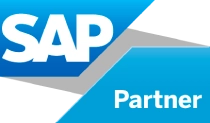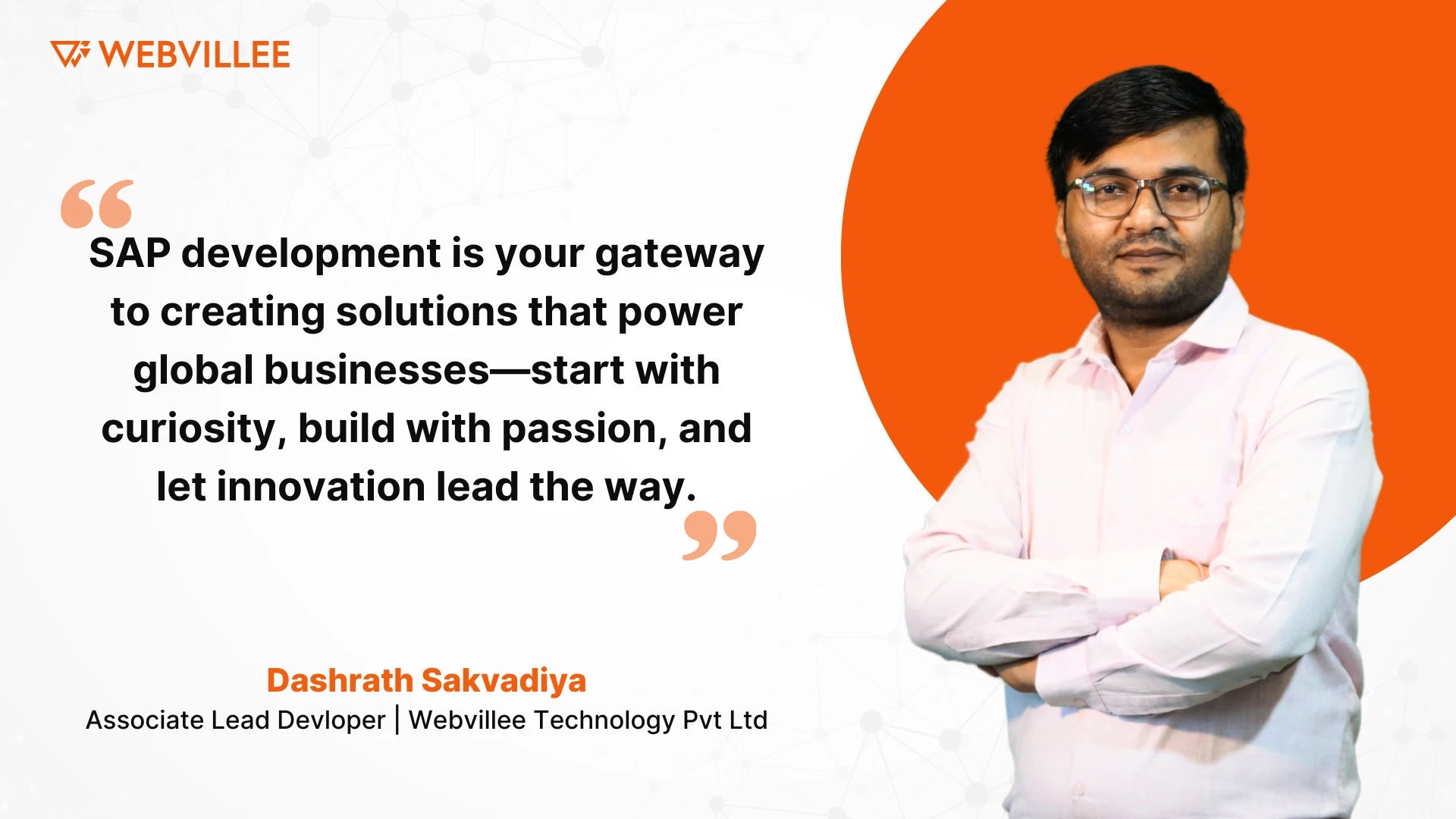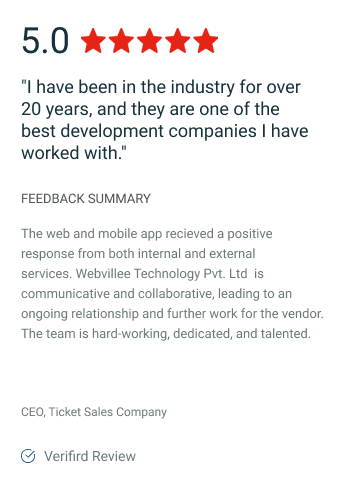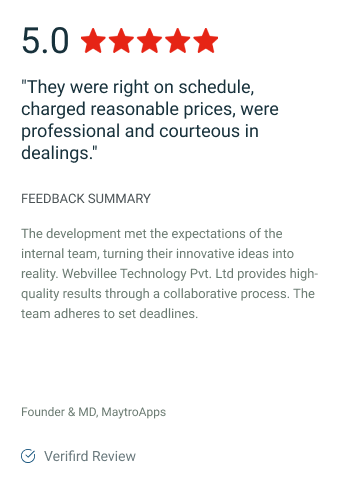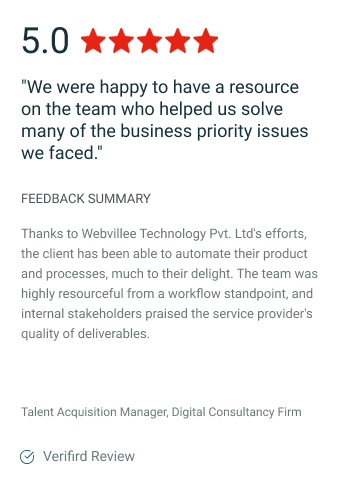Meet Dashrath, Webvillee’s Associate Developer, with a strong passion for building scalable, efficient, and user-centric SAP solutions. In this insightful Q&A, Dashrath shares his expertise in overcoming the challenges of integrating and customizing SAP systems. He discusses how he contributes to building robust architectures, optimizing SAP functionalities, and addressing technical debt to ensure long-term system performance.
Dashrath also highlights his approach to balancing tight deadlines while maintaining the quality of SAP implementations, stressing the importance of agile methodologies and collaboration. He emphasizes the value of continuous learning and staying updated with emerging SAP trends and tools to keep solutions innovative and future-proof. Whether you’re a tech enthusiast or an industry professional, Dashrath’s insights offer valuable lessons on engineering excellence in the dynamic world of SAP development.
1: What Is Your Role At Webvillee Technologies?
At Webvillee Technologies, I serve as an Associate Lead Developer, leveraging my 8 years of software development experience. In my 5-year tenure here, I’ve specialized in full-stack development and SAP solutions. My technical portfolio includes proficiency in PHP frameworks like CodeIgniter and Laravel, JavaScript technologies such as Node.js, React.js, and Vue.js, as well as SAP development including ABAP and Fiori. This diverse skill set enables me to deliver comprehensive enterprise solutions that merge traditional and modern technologies.
2: How do you approach integrating SaaS applications with SAP systems like SAP S/4HANA or SAP ECC? Can you explain your experience with OData or SOAP APIs in this context?
When it comes to integrating SaaS applications with SAP systems like SAP S/4HANA or SAP ECC, I focus on leveraging SAP-provided interfaces like OData and SOAP APIs. OData services are my go-to for real-time, RESTful data access—they’re perfect for modern applications. My approach starts with understanding the business process needs—what the integration is supposed to achieve. Then, I configure the API endpoints, manage authentication (usually OAuth or SAML, depending on the setup), and ensure error handling and data mapping are spot-on. The goal is always a seamless integration that delivers robust performance without compromising reliability.
3: How do you ensure secure authentication and data exchange between a SaaS platform and SAP systems? Have you worked with SAP Identity Authentication Service (IAS)?
When working on secure authentication and data exchange between a SaaS platform and SAP systems, I usually implement OAuth 2.0 or SAML-based authentication. SAP Identity Authentication Service (IAS) plays a key role here—it’s great for managing users and enabling Single Sign-On (SSO).
To protect data, I rely on HTTPS/TLS encryption, ensuring everything is securely transmitted. I also configure role-based access control (RBAC) to make sure permissions are tightly managed. On top of that, I enable audit logging and keep a close eye on API usage to maintain security compliance.
My experience with IAS includes setting up identity providers and integrating them with cloud applications, making secure connectivity smooth and reliable.
4: What steps do you take to ensure that a SaaS platform integrated with SAP can handle growing user demands and data loads?
When building a SaaS platform integrated with SAP to handle growing user demands and data loads, scalability and performance are always top of mind.
I focus on efficient API design—using techniques like pagination, batch processing, and asynchronous requests to keep data-heavy operations running smoothly. Caching is a big help too; it cuts down on redundant calls to the SAP system and speeds things up.
To prevent bottlenecks, I set up load balancing to evenly distribute traffic across servers. I also keep a close eye on performance with monitoring tools and set up alerts to catch any issues early.
And, of course, scalability is key. I design the architecture with horizontal scaling in mind so we can easily add capacity as the platform grows. It’s all about staying ahead of the curve!
5: How do you ensure compliance with regulations like GDPR or industry-specific standards in SaaS solutions integrated with SAP systems
When ensuring compliance with regulations like GDPR or industry standards in SaaS solutions integrated with SAP systems, I focus on a few key strategies.
First, I practice data minimization—only processing the personal data that’s absolutely necessary and making sure it’s stored securely. Encryption is non-negotiable, so I use it to protect data both in transit and at rest.
Access control is another priority; I rely on role-based access and keep detailed audit logs to track who’s doing what. For user consent, I ensure there’s a clear system to track and manage permissions for data usage.
When it comes to data subject rights, like deletion or access requests, I make sure those are handled promptly and properly. Lastly, regular compliance audits and thorough documentation are part of the routine to stay on top of regulatory requirements.
6: SAP frequently updates its technologies. How do you stay updated on the latest SAP tools, features, and best practices?
To keep up with the latest SAP tools, features, and best practices, I actively tap into SAP’s official resources and community.
The SAP Learning Hub is my go-to for training courses and certifications—it’s a great way to sharpen skills and stay ahead. I also keep an eye on the SAP Community, where blogs, forums, and expert discussions provide valuable insights.
Whenever there’s a product update or new innovation, I dive into SAP Road Maps and release notes to understand what’s coming. Events like SAP TechEd are another favorite—I always come away with fresh ideas and actionable takeaways.
Lastly, networking is key. I collaborate with peers, join user groups, and learn from shared experiences, which often lead to practical knowledge and new perspectives
7: What is your approach to migrating HR data into SuccessFactors? How do you ensure data quality and integrity during such migrations?
When migrating HR data into SAP SuccessFactors, I follow a structured approach to ensure everything goes smoothly.
First, I start with data assessment and cleansing. This means digging into the legacy data to check for completeness, accuracy, and consistency, fixing any duplicates or errors before moving forward.
Next, I focus on mapping and transformation—matching source data fields to SuccessFactors templates and ensuring the data is in the correct format and structure.
For the actual migration, I use tools like SAP Migration Cockpit and Import/Export tools to handle bulk uploads efficiently.
Then comes validation and testing. I run iterative tests with sample data to make sure everything aligns with the business rules and works as expected.
Finally, I conduct data reconciliation and audits. By validating the migrated data and using reporting tools, I confirm the data’s integrity and accuracy post-migration. It’s all about ensuring a seamless transition with no surprises!
8: What is your suggestion for new developers who want to work on SAP applications?
For new learners interested in SAP applications, it’s important to first understand the basic concepts of SAP, such as its modules and how ERP systems work. Starting with ABAP for backend development or exploring SAP Fiori/UI5 for user interfaces can be a great entry point. As you progress, familiarize yourself with tools like SAP Cloud Platform and integration options. Make the most of free resources like openSAP courses and SAP Learning Hub, and get involved in the SAP community to stay updated and grow your skills.
Conclusion
Dashrath’s journey offers invaluable insights into the dynamic world of SAP development. His expertise in integrating, customizing, and scaling SAP solutions highlights the importance of technical proficiency, agile practices, and continuous learning. For aspiring developers, his advice to master core SAP concepts and actively engage in learning communities is a powerful roadmap to success. Dashrath’s dedication exemplifies how innovation and collaboration drive excellence in SAP development.
